Google Chromebook Pixel (2015) review
The gold standard for Chromebooks and unspeakably desirable too
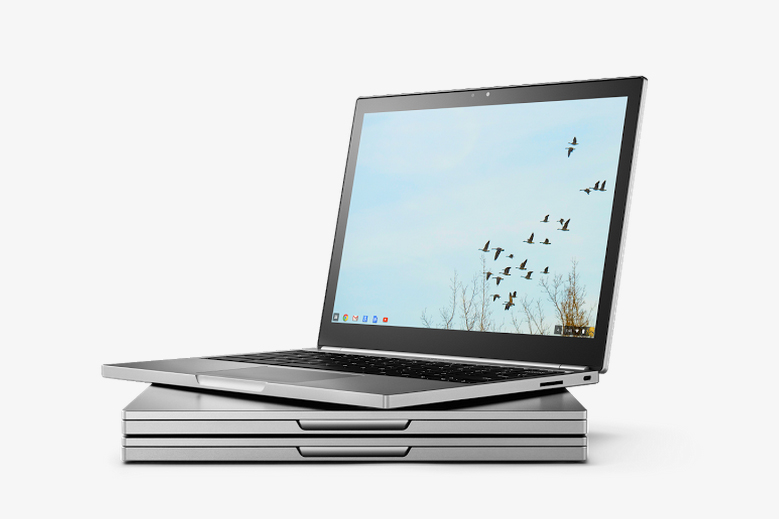

A superb Chromebook, even if it the overpowered hardware does feel like overkill for running webapps
-
+
Beautifully made; Robust; Lengthy battery life; Comfortable keyboard and touchpad; Excellent quality screen
-
-
Few webapps take advantage of the Pixel’s processing power
There are plenty of Chromebooks available, but almost all of them are cheap and cheerful modern day equivalents of netbooks. The exception to this trend is the Chromebook Pixel, Google's flagship cloud-dependent laptop.
The Pixel could easily be mistaken for a MacBook Pro with its incredibly stylish and sturdy metal case as well as its high resolution, high pixel density screen. The original Pixel was flawed though, costing more than 1,000 yet hindered by a four and a half hour battery life. All of that has now changed.
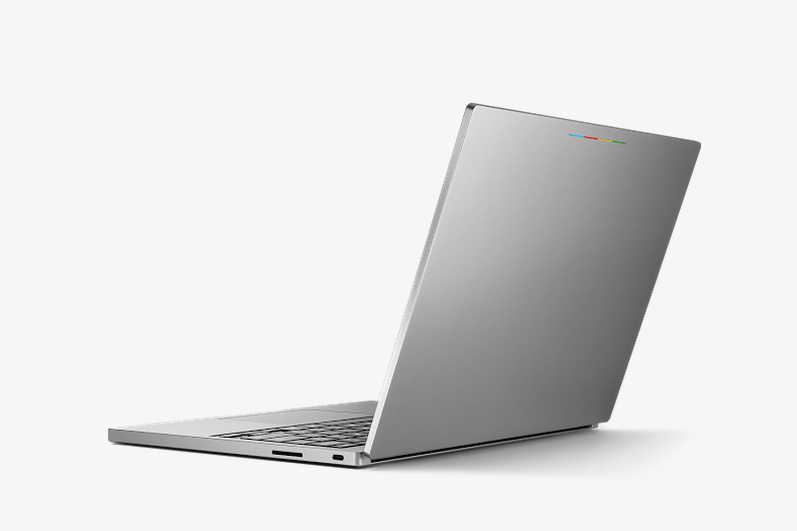
Chromebook Pixel 2015: battery life and performance
The biggest difference between the 2015 Pixel and its predecessor is battery life. Whereas the original Pixel had an Ivy Bridge processor, this year's model has a far more power efficient Broadwell processor. The 666 model reviewed here has a dual core Intel Core i5 5200U, while the 832 variant has a Core i7 5500U instead.
This power-sipping processor helped the Pixel achieve a lengthy battery life of 11 hours and 26 minutes when connected to an 802.11n WiFi network and running undemanding webapps such as WordPress and Google Apps with the occasional foray into YouTube and Pixlr. A stylish extra is the battery indicator light built into the laptop's lid - double tap it and it lights up in stages and in either green, yellow or red to give you a rough idea of how much battery life you have left.
It's worth remembering that this time isn't directly comparable to the battery life results for the Windows and Mac OS X laptops we've reviewed, but the Chromebook Pixel should easily be able to last a full working day without needing a recharge. The Pixel won't be a pain to lug around all day either - it weighs just 1.5kg rising to 1.7kg with its charger.
The Core i5 5200U processor and 8GB of memory are more than quick enough for running webapps - the Core i7 5500U and 16GB of RAM in the more expensive version is just overkill. Other than Polarr, a RAW image processing app, we struggle to think of any webapps that need such processing grunt, but this does at least mean the Pixel is future-proof. Plus, its speedy performance could be useful if you're developing an especially demanding app in-house.
Chromebook Pixel 2015: storage and ports
The more expensive Core i7 variant does also have the benefit of a 64GB SSD instead of the 32GB you get with the standard Core i5 model. Included is 1TB of Google Drive storage free for three years (worth $360 at Google's current consumer pricing). Although aimed at consumers rather than enterprise users, and therefore isn't supported by Google's enterprise tech support, anyone can redeem this offer. This includes Google Apps for Work users, as long as your administrator hasn't inexplicably disabled Google Drive support.
You can use SD cards and USB drives for more local storage. The 2015 Pixel is only the second laptop (after the Apple 12in Retina MacBook) to support USB 3.1 Gen 1 with Type-C connectors. Like Apple's crazy-thin laptop, the Pixel uses USB-C for charging. Unlike Apple's lightest ultraportable, the Pixel has two USB-C ports, one on each side, as well as a pair of standard USB 3.0 ports and a SD card slot. This flexibility is welcome, especially as the only way to output video to a projector, TV or second monitor is to use a USB-C to HDMI or DisplayPort adapter.
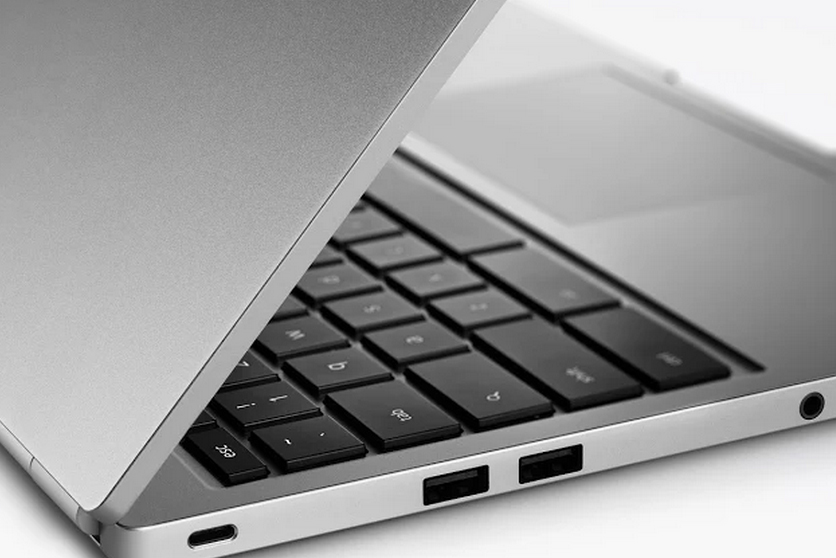
On the Pixel's left-hand side is a USB-C port alongside a pair of more traditional USB 3.0 ports.
802.11ac is of course built-in. As with other Chromebooks there's no built-in Ethernet port as a fall-back option, although Ethernet is increasingly rare on all ultra portable laptops no matter the operating system. There's no option for built-in 4G which is a far more unusual omission for a cloud-dependent laptop. Another odd omission is the lack of a Kensington security slot.
Chromebook Pixel 2015: screen
It's likely that any secondary display you connect won't be as glorious as the Pixel's 12.85in screen. It's dazzlingly bright with good colour accuracy and contrast. Viewing angles are wide, although the glossy finish means glare caused by overhead lighting reflecting off the screen (such as the fluorescent lumieres used in many offices) can be annoyingly distracting.
Text looks very sharp, almost print-like, thanks to the high resolution of 2560x1700 pixels. The 3:2 aspect ratio is odd if you're used to widescreen monitors, but the additional horizontal working space is useful for reading and working on documents. Plus, it more closely matches the default aspect ratio of most cameras too.
Oddly, the screen is also touch-sensitive. We don't see the point of a touchscreen on a non-detachable, non-convertible, non-hybrid laptop though. Using an upright touchscreen for any substantial amount of time is a recipe for arm ache, especially as Chrome OS is designed for use with a touchpad and keyboard.
Chromebook Pixel 2015: keyboard and touchpad
The keyboard on the original Pixel was a bit stiff, but that's not a problem with the keyboard here. The large keys have plenty of feedback and travel, so typing was fast, accurate and very comfortable. The keys are backlit, but the use of a motion sensor means the backlighting only comes on when your hands are resting on the keys or when you're actively typing. It's a small but thoughtful touch.
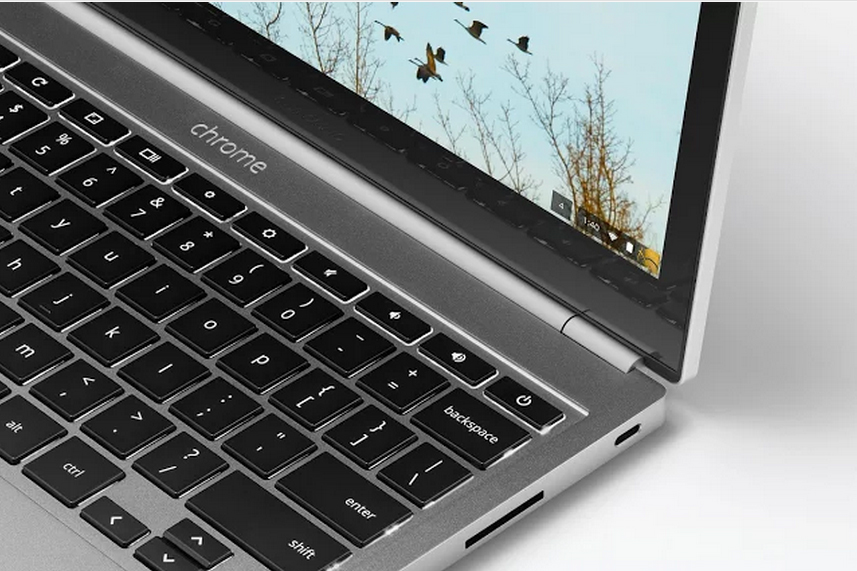
We're big fans of the touchpad too. It's large, smooth and very precise and responsive. It puts the touchpads on most Windows laptops to shame. Our only quibble is that Chrome OS still doesn't support pinch-to-zoom, either on the touchpad or touchscreen, although it does support other basic gestures such as swiping two fingers up or down on the touchpad to scroll.
Chromebook Pixel 2015: Chrome OS
If you're familiar with the Chrome browser, then you'll be instantly familiar with Chrome OS as the entire operating system is little more than the web browser itself and a few other basic local apps such as file browser, calculator and bare bones video player. There are plenty of webapps available and an increasing number of the ones available on Google's Web Store can work offline.
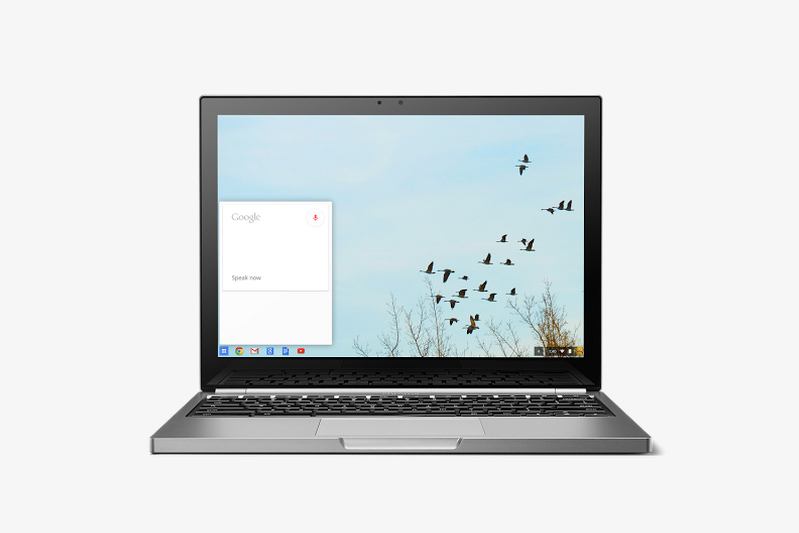
Google Now is accessible from the Chrome OS equivalent of the Windows Start menu.
Chrome OS can run a few select Android apps such as Evernote, but you can't just install them yourself - the developers have to specifically enable this and make them available through Google's Web Store. Another Android-related feature is the option to unlock the laptop whenever you're in Bluetooth range with your Android Wear smartwatch. It's a shame you can't use an Android Wear watch as the second factor in two-factor authenticated log-in though.
Chromebook Pixel 2015: conclusion
It's hard to shake the feeling that Google's Chromebook Pixel has been sexed up for C-level executives that don't want to be seen with a functionally equivalent, but far more pedestrian-looking plastic Chromebook such as the good value Asus C200 and Dell's latest model. Especially as most people won't need the extra power the Pixel has over other Chromebooks.
There's still plenty to like about the Pixel though, from its great display to its well-crafted keyboard and touchpad. Given that one of the few weaknesses suffered by most cheaper Chromebooks is dim, poor quality screens, we're disappointed that Google decided to refresh the Pixel instead of the now-discontinued HP Chromebook 11 which had a gloriously bright and high quality screen despite its low price. We can only hope that other laptop manufacturers are taking note of Google's superb work here - we'd happily pay for a mid-range Chromebook cheaper the Pixel but with some of its top-notch design choices such as its screen.
Regardless, this year's Google Chromebook Pixel is one of the best ultra portable laptop you can buy.
Verdict
A superb Chromebook, even if it the overpowered hardware does feel like overkill for running webapps
Processor: 2.2GHz Intel Core i5 5200U
Graphics processor: Intel HD 5500 integrated
Memory: 8GB
Storage: 32GB SSD
Connectivity: 802.11a/b/g/n/ac, Bluetooth 4.0
Ports: 2x USB 3.0, 2x USB 3.1 Gen 1 Type-C, SD, 3.5mm headset jack
Screen size: 12.85in
Screen resolution: 2560x1700 pixels
Operating system: Google Chrome OS
Dimensions: 15x298x225mm (HxWxD)
Weight (with charger): 1.5g (1.7kg)
Warranty: One year
Get the ITPro daily newsletter
Sign up today and you will receive a free copy of our Future Focus 2025 report - the leading guidance on AI, cybersecurity and other IT challenges as per 700+ senior executives
-
 ‘Phishing kits are a force multiplier': Cheap cyber crime kits can be bought on the dark web for less than $25 – and experts warn it’s lowering the barrier of entry for amateur hackers
‘Phishing kits are a force multiplier': Cheap cyber crime kits can be bought on the dark web for less than $25 – and experts warn it’s lowering the barrier of entry for amateur hackersNews Research from NordVPN shows phishing kits are now widely available on the dark web and via messaging apps like Telegram, and are often selling for less than $25.
By Emma Woollacott Published
-
 Redis unveils new tools for developers working on AI applications
Redis unveils new tools for developers working on AI applicationsNews Redis has announced new tools aimed at making it easier for AI developers to build applications and optimize large language model (LLM) outputs.
By Ross Kelly Published
-
 Google layoffs continue with "hundreds" cut from Chrome, Android, and Pixel teams
Google layoffs continue with "hundreds" cut from Chrome, Android, and Pixel teamsNews The tech giant's efficiency drive enters a third year with devices teams the latest target
By Bobby Hellard Published